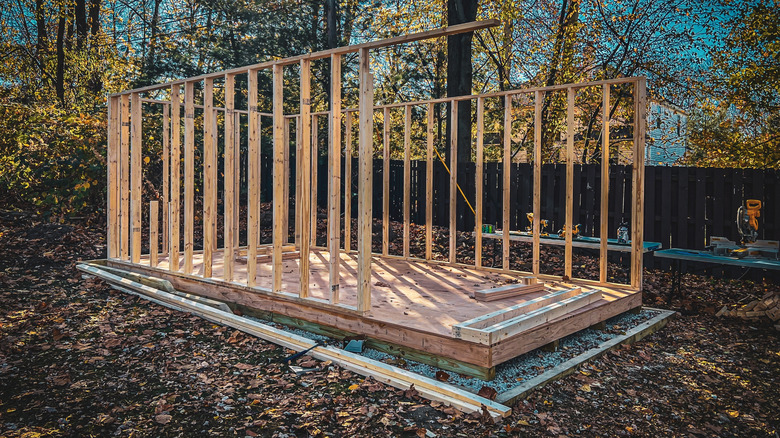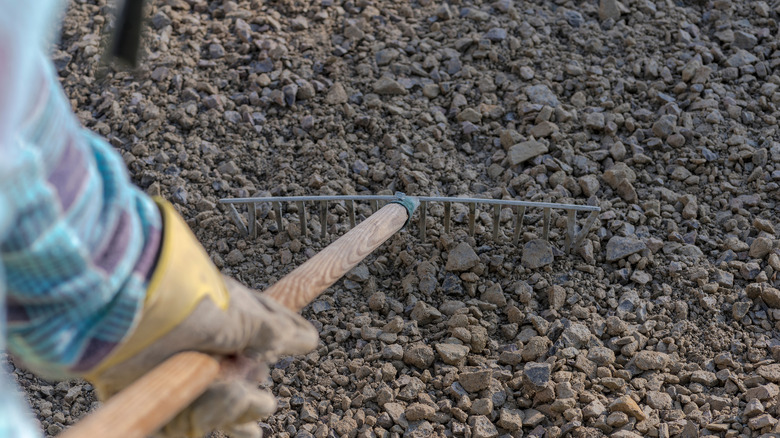What To Know Before Using Gravel For Your Outdoor Shed Foundation
Are you building a storage shed on your property? Like almost any other structure, a shed needs a foundation to remain stable, receive air circulation, and stand up to bad weather. There are plenty of shed base options out there, including concrete pad, post and beam, concrete pier, and gravel. Of all these, gravel is arguably your best overall pick, as this simple storage shed foundation offers numerous advantages.
One of gravel's most appealing features is its low cost. For example, a 5-inch-deep base measuring 100 square feet and made of ¾-inch crushed stone would need about 2.1 tons of the aggregate. At a price of $16 per ton, you're looking at a cost of just $34 for the gravel itself. Meanwhile, with the average cost of a concrete slab around $6.50 per square foot, a 100-square-foot shed base would set you back about $650.
Despite its significantly lower cost, gravel still makes for a sturdy and reliable foundation. It distributes the shed's loads evenly, so the structure is not at risk of settling. Since gravel is inherently permeable, it drains well to keep moisture away from the shed. Not only that, but gravel bases don't cause water to splash against the shed during periods of heavy rain the way their concrete counterparts do. These characteristics mean that gravel bases generally do a better job of keeping the shed dry. Finally, gravel bases don't require complex installation procedures, which makes them a perfect DIY project. That said, gravel shed bases come with several drawbacks to consider, too.
Gravel shed base drawbacks to consider
Although gravel generally ensures even load distribution, it's less effective when used on unstable or soft soils or in areas where the water table is high. Poor soil conditions can cause the stones in the base to move around, and these movements usually compromise the stability and structural integrity of the shed. Meanwhile, heavy rainfall can wash some of the aggregate away to make the base even weaker.
Gravel bases also lack the strength to support heavy loads. So, if you plan to store heavy equipment in the shed — say, a large lawnmower or snowblower — this type of base may not be ideal, and concrete might be the better option. Even if you won't use the shed to house heavy items, the substrate beneath the gravel should be level and firm. For best results, the gravel needs to be contained in a lumber perimeter wall and properly compacted using a tamper tool.
Another drawback to gravel foundations is that the regulations surrounding their construction differ depending on where you live. For example, in Seattle, Washington, you'd need to get a permit for a shed that sits on a gravel base. Meanwhile, in Portland, Oregon, sheds measuring less than 200 square feet and under 15 feet in height do not require permits, regardless of the foundation type. Before you proceed with a gravel shed base, you'll have to make sure the foundation complies with local building codes and you have a building permit if one is necessary.

